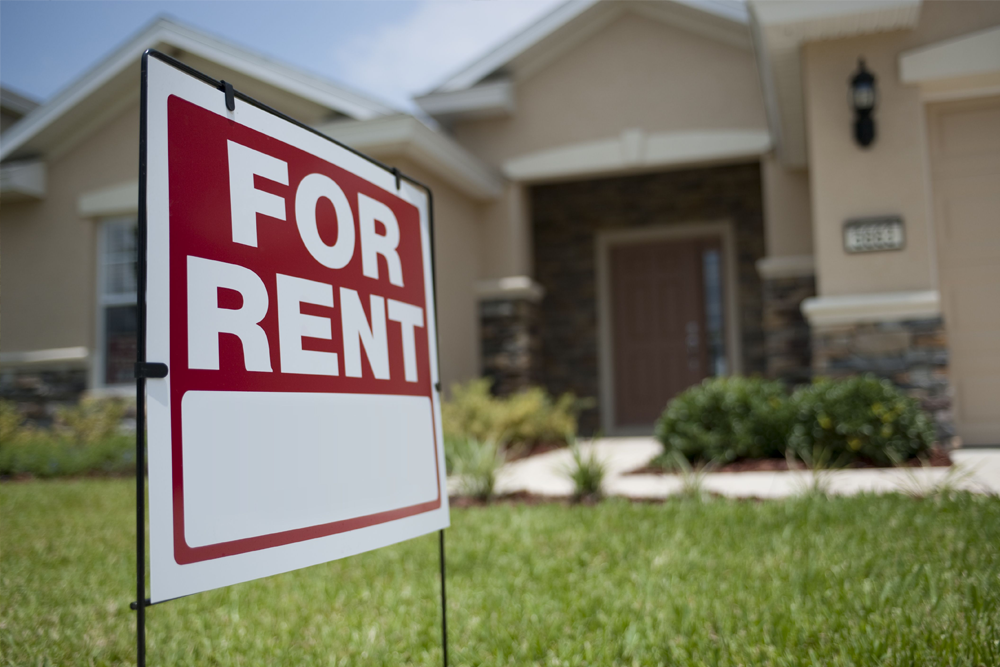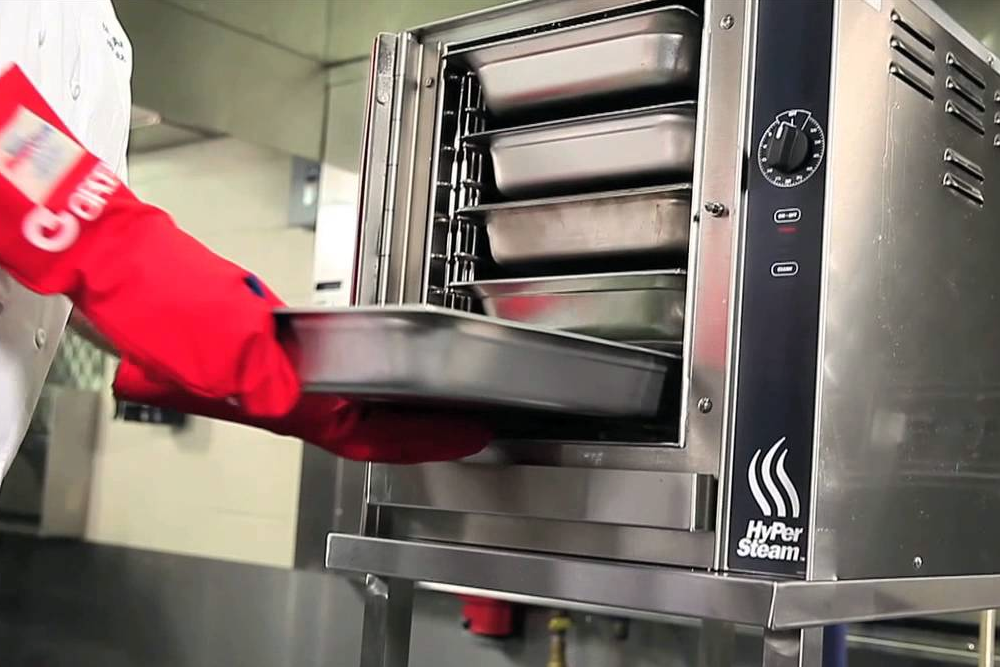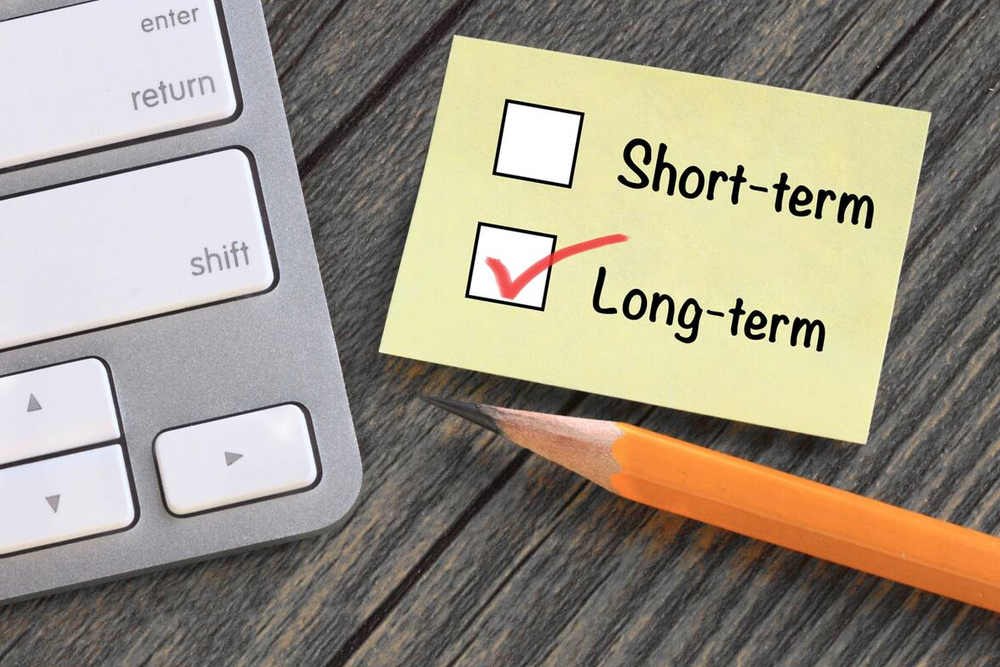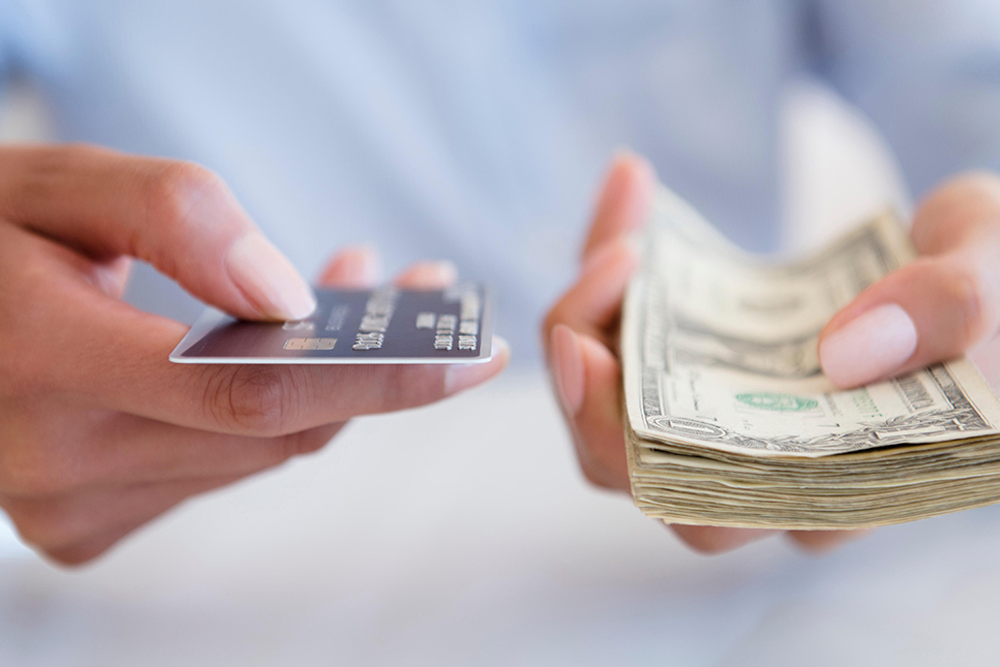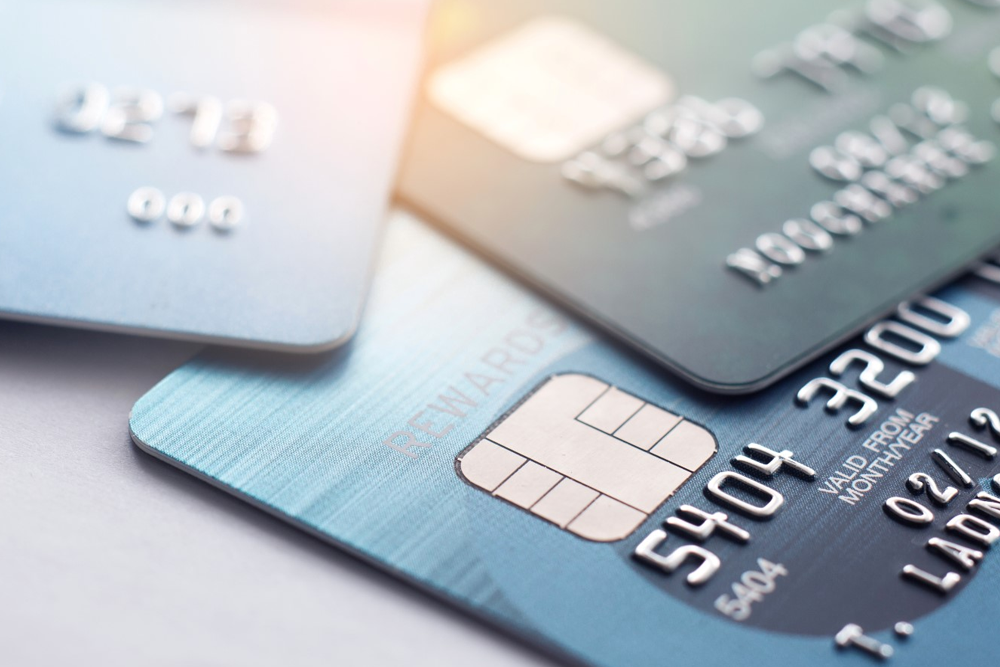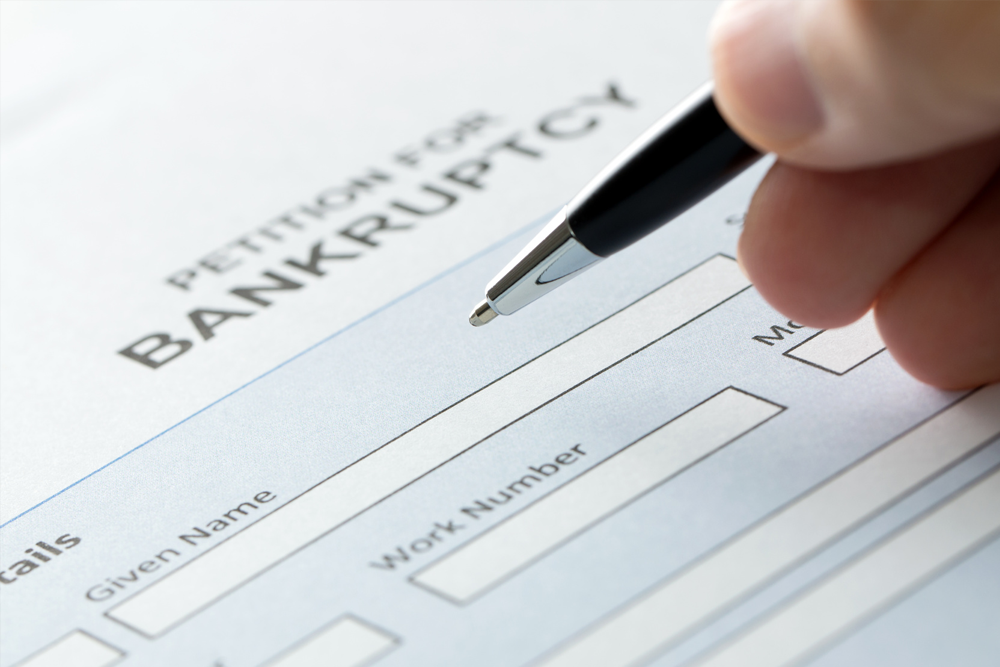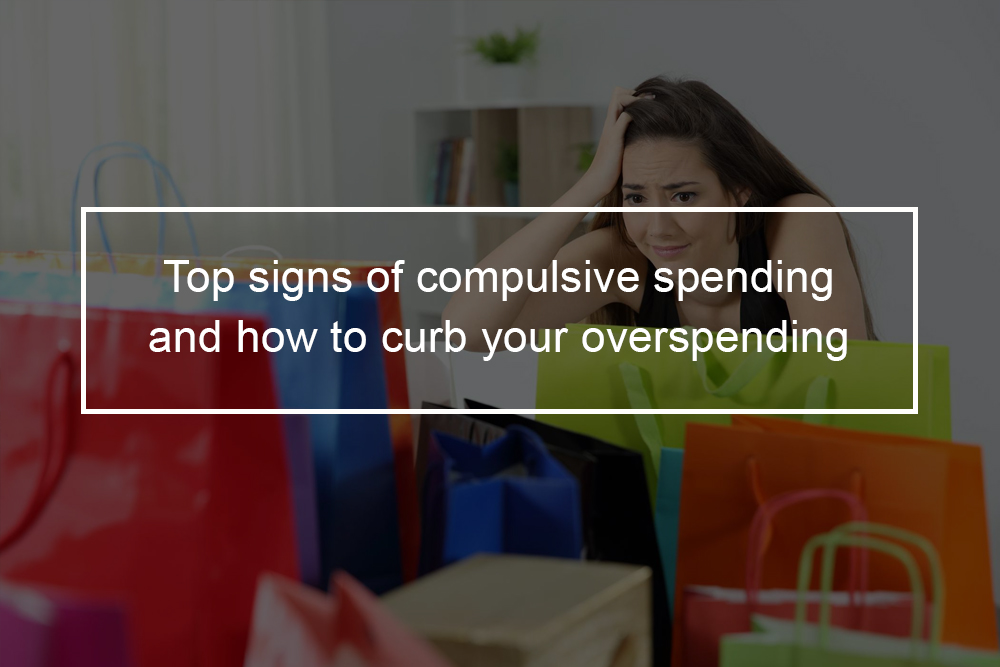
But for some people, this anxiety and stress is not just an average side effect of money problems. It is a result of a full-on disorder.
What is compulsive spending?
Compulsive buying, also known as oniomania, is characterized by buying excessive amounts of things that are not necessities. It makes people have debt and be extremely harmful to their financial wellbeing. People suffering from compulsive spending, find it impacting their credit, or they might have relationship problems hiding money from their family or partner. The victims can also borrow money to deal with the debts they are accumulating from compulsive spending. They may also be avoiding their financial problems and hiding them, so they do not have to face reality.
The truth is that people who compulsively spend money use purchasing things to self-medicate when they are depressed or anxious. They may feel numb, and they are dealing with these emotions or lack thereof.
Can spending really be addictive?
You do not have to use alcohol or drugs to be an addict. Pleasurable activities like spending, sex, and eating activate the brain’s reward centers.
Compulsive spending is an addiction, and individuals who have this challenge tend to experience high levels of dopamine when they spend. Dopamine instigates the pleasure center of the brain. When an individual compulsive spends money, they are repeatedly activating that place in their mind. It is the same pleasure center that a person who is abusing drugs may feel. It is a vicious cycle. Thus you can get high without taking a drug. Remember that compulsive spending is harmful to your finances and mental health.
Symptoms of compulsive spending
If your spending feels out of control or results in problems in your life, it is time to seek help, in spite of what other symptoms you experience. Some signs of compulsive spending include:
- Having unpleasant feelings because of retail therapy
- Feeling shame after spending money
- Not using the things you buy
- Acquiring financial problems as a result of those purchases
- Buying unnecessary products
- Having a large consumer debt
- Spending a significant section of your income on discretionary purchases
- Continually spending in spite of resolutions to stop
- Hiding purchases from loved ones
- Being excited about making the purchases than owning the items
- Feeling like the next big purchases is the one that will really improve your life
- Using spending to control unpleasant emotions like depression, low self-esteem, or anxiety. Most people engage in retail therapy from time to time. For compulsive spenders, retail therapy is the primary or only means of coping with stress.
How compulsive spending affects your life?
Compulsive spending can harm your financial future; however, some compulsive spenders have enough money to fund near-endless purchases. Others only spend money on inexpensive products, allowing them to keep on making purchases without going into debt. You do not have to experience financial ruin to be addicted to shopping. Some of the other ways compulsive spending can tear your life apart include:
- Hoarding. Sometimes compulsive spenders become hoarders, living in increasing chaos amid needless possessions.
- Accruing far more possessions than you have space for
- Removing the time you used to spend on more meaningful pursuits
- Undermining relationships. You might experience relationship issues when caught in lies about spending, for instance
- Nurturing feelings of shame and guilt
How does compulsive spending affect your mental health?
Compulsive spending can seriously deteriorate your mental health. You feel stuck in a pattern. You are trying to save money; however, you are stuck in a vicious cycle of spending and losing control of your impulses. You might feel as though there is no hope. Nonetheless, there is a way to deal with these issues, and it is in therapy.
What causes compulsive spending?
Compulsive spending, just like many other addictions, is a way of coping with trauma, pain and stress, and other negative emotions. People who are involved in compulsive spending respond to negative emotions by spending money. After they make a purchase, they might feel disappointed or guilty, leading to more negative emotions and more spending.
Anybody can become a compulsive spender. Some risk factors include:
- Being heavily invested in consumer culture
- A family history of compulsive buying or substance abuse
- A history of mental illness (especially disorders engaging impulse dyscontrol) or previous addictions
7 Strategies for beating compulsive spending
Here are seven key steps that can work for you if you are a compulsive spender.
Be honest with yourself about your problem
If those sure symptoms listed above sound pretty familiar to you, you likely have a spending addiction or some sort. Compulsive spending is a real problem since it is keeping you from being financially successful.
The first and maybe the most crucial- thing you can do is admit to yourself that you have a real challenge when it comes to spending. Most people opt to deny that they have an addictive issue for several reasons. Some actually want to keep up with their addiction, while others might want to maintain a self-image of some kind; others may simply not see the signs at all, if by choice or others, while some do it because spending money covers up a hole in their life.
Whatever the reason, be honest with yourself. Admit that you have an issue. Doing this truthfully with yourself is often similar to flipping a switch, which changes how you see your life and your choices.
Identify if you genuinely want to change your behavior
Simply admitting that you have a problem is not enough. For some people, their devotion to spending is more essential than the benefits of beating it.
Do you genuinely want to change? Is the desire to buy something really worth the adverse feelings you get from looking at your bank account and the unused items around your home? Without an authentic desire for change, changing your financial habits is utterly impossible. You have to desire that change.
Lasting change in somebody’s life comes from two key elements: motivation, which is the aspect that gets you started, and discipline; this is what keeps you going and sticking with it. Without that basic motivation to get started, you can not change. Without that internal desire to change yourself, you lack that core motivation.
Tell those closest to you about your addiction, and ask for their help
It can be really tough to open up about a personal problem. Nonetheless, if that other person genuinely loves you and deserves you, they will step up and assist you with your goal in whatever way they can.
They will motivate you. They will do what they can to make positive choices easier for you. Moreover, they can directly help you maintain the discipline you need to get there. Not only that, telling someone you care about your goal and understanding that they are watching you- becomes a powerful reinforcement and motivation for personal discipline.
Create a full and truthful inventory of your current spending
We will often have a sense of how bad our spending decisions are; however, we often do not really know how bad they are. We forget, or we will tell ourselves that things are not bad, and that becomes sufficient for us not to make any real changes in our lives.
The best way to break through this hindrance is to simply create a full and truthful inventory of your spending over the previous three months or so. The simplest way to do that is to manage all of your bank statements and credit cards for those periods and go through those transactions step by step.
For an essential first step, try to divide all of the purchases into nonessential and essential purchases. Try hard to be realistic about this difference- clothing, basic food, and shelter are essential expenses, for example, but high-end foods and restaurant meals are unnecessary. All hobby and entertainment expenses are nonessential.
After you have done that, look at your total nonessential spending. That is how much you spent on unnecessary things in the last three months. Probably, that total amount is a surprise to your system. It should be. Think of what even half of that money could do for other aspects of your life.
Develop a healthy simple budget that you can stick to
For most people, the main benefit of a budget is that it offers them a real picture of their finances. However, there is still another benefit in assembling a budget- you can give yourself a spending cap on the non-essential parts of your life.
Establish a strong debt repayment plan
One of the essential financial moves you can make for yourself after you commit to spending less is to give yourself an alternative method for sinking your money that improves your financial state. A debt repayment plan is ideal for this- you can toss lots of money in there, and it assists your finances out a lot.
A debt repayment plan is simple. It is just a list of all your debts, ordered by interest rate with the highest interest rate at the bottom. Just commit to making minimum payments to every debt on that list without growing any of them further, then make a larger additional payment to whatever debt is on top of that list.
Get therapy
One type of therapy that can help compulsive spending is cognitive habit surrounding compulsive spending, or you might consider online therapy. Online counseling is a great and safe place to deal with compulsive spending. Look for an online therapist from a reputable site and get the support to help manage your finances and let go of the spending addiction. It might seem hard, but with the help of a trained mental health professional, you can learn how to manage these challenges and live a life with more savings.




